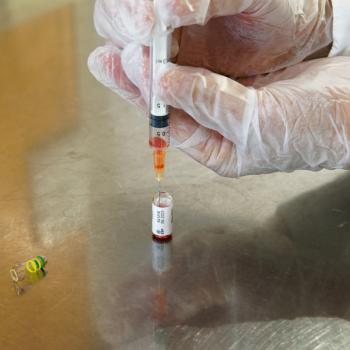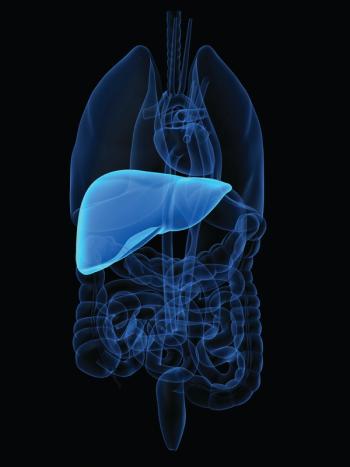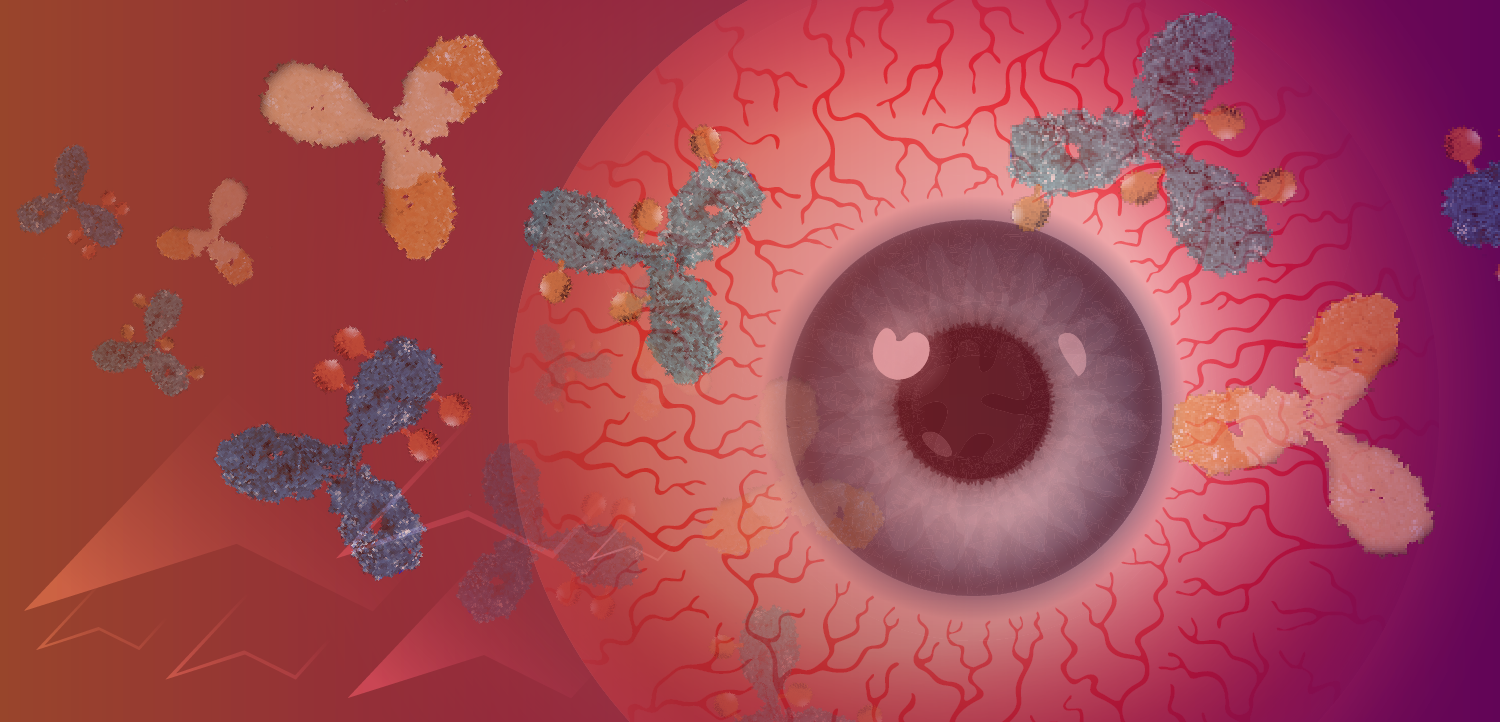
Further Research May Explore Systemic Therapy Failure Following RT in NSCLC
Patrick Oh, MD, highlights next steps for further research in treating patients with systemic therapy in addition to radiotherapy for early-stage NSCLC.
Determining how much systemic therapy with radiation impacts survival outcomes for patients with early-stage node-negative non–small cell lung cancer (NSCLC) will dictate how the treatment paradigm may change for this population, according to Patrick Oh, MD.
CancerNetwork® spoke with Oh, a hospital resident at the Yale School of Medicine, about the next steps for researching systemic therapy with radiotherapy for patients with early-stage node-negative NSCLC. He discussed the next steps in the context of a study he presented at the
Oh began by suggesting that the next step in evaluating systemic therapy with radiation is to analyze patterns of failure and their impact on survival outcomes. He also explained that subsequent research should be mindful of toxicities and adverse effects related to the additional therapy.
Oh then highlighted particular enthusiasm for the use of stereotactic body radiotherapy (SBRT) in this population, while explaining that details regarding timing and length of treatment for immunotherapy were unclear. He concluded by describing how future work may evaluate targeted therapy in the early-stage setting among patients with targetable mutations.
Transcript:
Our initial analysis was looking at trends in the use of systemic therapy with radiation. Now, our next step has been looking into the patterns of failure for the patients who receive this combination of therapies, and then, ultimately, how it impacts their survival. That truly remains the gold standard for changing a treatment paradigm: how much [can it] move the needle in terms of improving survival outcomes for patients?
When you think about survival, not only do you have to think about curing the disease but also the toxicities and the potential [adverse] effects that come with additional therapy. We have to be more mindful of [observing] if patients [may have] long-term toxicities with [additional] treatment, such as systemic therapy.
An additional consideration is [that] there is a lot of excitement for SBRT, in particular, high-dose radiation in fewer fractions, with the use of immunotherapy thinking there might be some synergism between the two modalities. It remains unclear [how to time] each modality with respect to the other and how long patients should be on immunotherapy. Those details need to be ironed out.
Finally, the targeted therapy data are becoming more and more compelling for patients with certain targetable mutations. That is also something that we look forward to: determining if there is a benefit to targeted therapy in an early stage setting as well.
Reference
Oh P, Sasse A, Wells N, Kim SY, Goldberg SB, Park HS. Real-world practice patterns of immunotherapy, chemotherapy, and targeted therapy with radiation therapy in early-stage node-negative non-small cell lung cancer. Int J Radiat Oncol. 2024;120(suppl 2):e52-e53. doi:10.1016/j.ijrobp.2024.07.1893
Newsletter
Stay up to date on recent advances in the multidisciplinary approach to cancer.


















































































